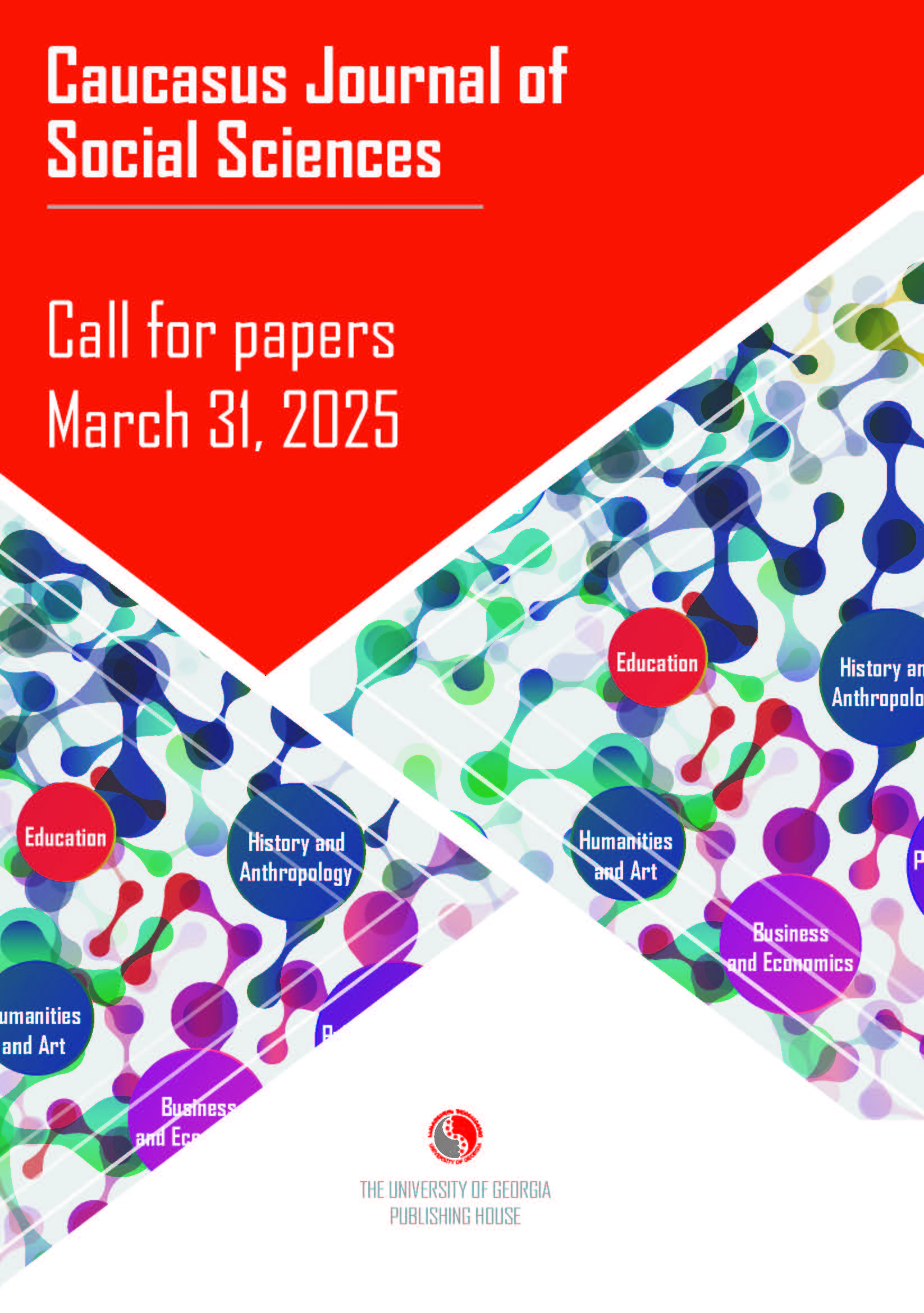Mountain Region Development Strategy, Principles of Architectural-Spatial Organization Urban Areas and Housing
DOI:
https://doi.org/10.62343/cjss.2021.199Keywords:
Mountainous region of Georgia; Accommodation system; Planning and development; Types of planning structure; Transport infrastructure; Placement of residential developmentAbstract
In this working paper, the current situation in the mountainous villages of the eastern part of Georgia, as well as urban-social and economic development potential and others, is studied. Mountainous villages need some fundamental functional planning and structural changes. It is noted that when deciding urban-social and architectural-planning questions, natural-climatic factors’ complexes should be considered: Difficult relief, its shape, its inclination and articulation, its climate and landscape variability by the vertical zoning, etc. In this work paper, we discuss the development problems of mountainous regions. Nowadays, there are severe problems in the mountainous villages: Lack of land, less competition, and technological backwardness of agricultural products. In winter, this area is almost empty of its difficult environmental conditions. Foreign experiences have been studied to plan the mountain settlements and formation-development principles, which could be used for the destination of architectural planning development in the mountainous part of east Georgia. It has been determined that it’s essential to form the mountainous regions as the general urban area to develop agriculture recreation and industry as well as agriculture recreation and tourism. According to the united urban planning development tendencies, development principles have been formed step by
step in the mountainous inhabited regions in the eastern part of Georgia.
Downloads
Published
How to Cite
Issue
Section
License
Copyright (c) 2024 Nino Laghidze, Ana Lagidze

This work is licensed under a Creative Commons Attribution 4.0 International License.
In case an article is accepted for publication it is allowed to combine the article with other research, to conduct new research on the article, or to make different arrangements on condition that the same license is used including commercial purposes.
As an author of an article published in the Caucasus Journal of Social Sciences, you retain the copyright of your article and you are free to reproduce and disseminate your work.











